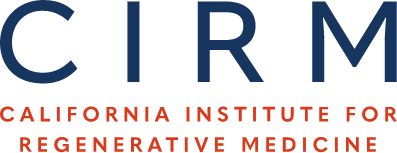Genome Editing to Correct Cystic Fibrosis Mutations in Airway Stem Cells
Research Objective Gene corrected autologous airway epithelial stem cells from patients with cystic fibrosis to be used as cell and gene based therapy for chronic sinus disease Impact The proposed…



